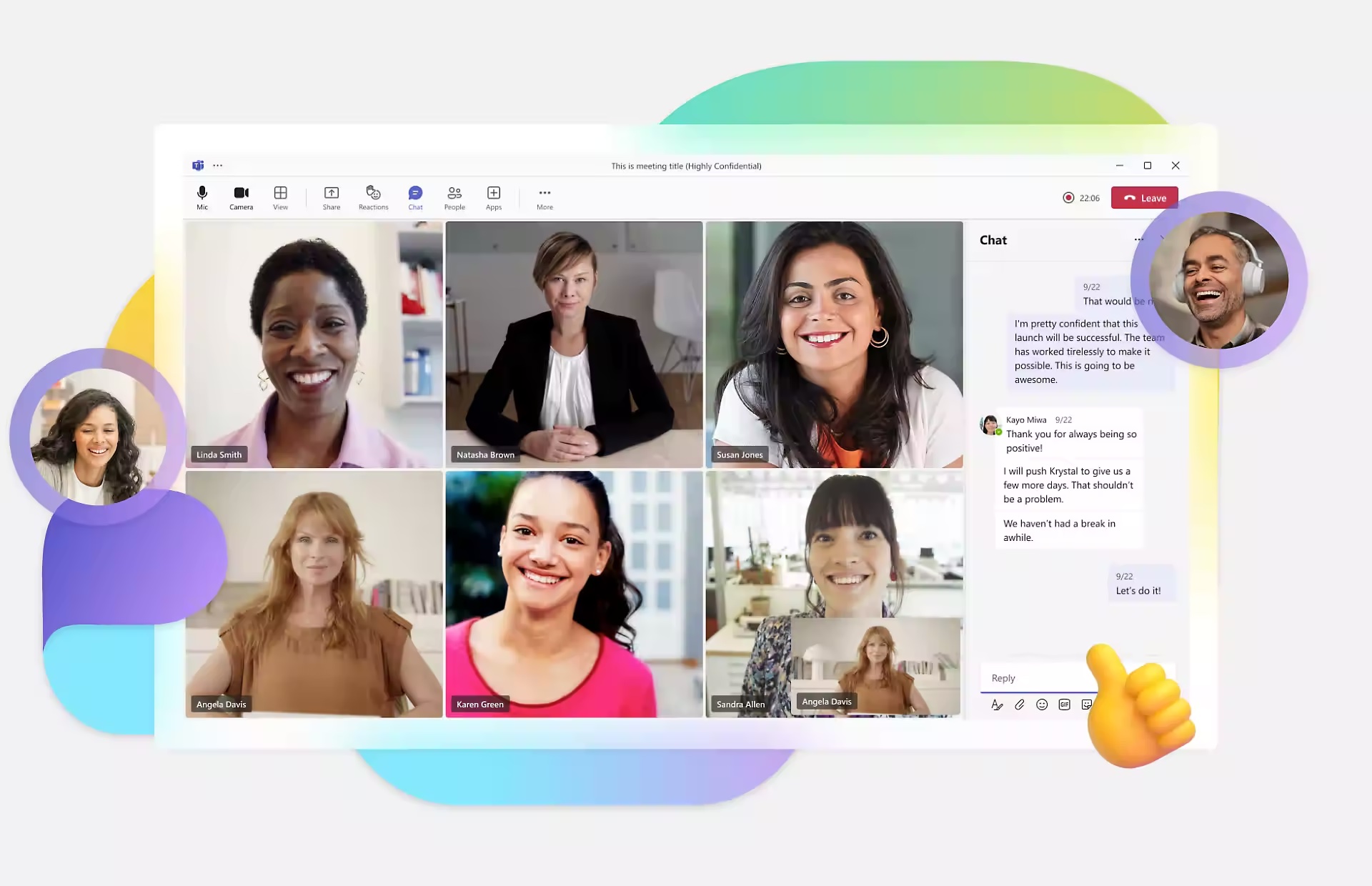Your next Microsoft Teams meeting could unfold in a fully immersive virtual world. Microsoft recently launched Mesh for Teams – a platform enabling remote workers and collaborators to gather as 3D avatars in shared digital spaces, no matter their real-world locations.
Initially available on PC and Meta Quest headsets, Microsoft Mesh builds on Teams’ video conferencing foundation. The goal: make distributed teams feel like they’re together in the same room by giving them virtual embodiments that communicate naturally.
As Nicole Herskowitz, Microsoft VP of Teams, explained: “Deep human connections are required to increase engagement, stimulate performance, and retain talent. However, when these activities are hosted remotely, they are less effective at building personal connections that people and organizations need to thrive.”
Mesh offers various pre-made 3D environments like boardrooms for official meetings or outdoor spaces for casual gatherings. Users can customize avatars to match their real appearance, albeit only visible from the waist up. Most standard Teams features work within Mesh too, including live reactions, content sharing, and chat.
Businesses can also build their own branded Mesh spaces using a no-code editor powered by Unity. They can incorporate images, logos, videos and more to tailor experiences.
Microsoft says several major customers have already tested Mesh for events, team building, and onboarding. Any organization can sign up for a six-month trial if they have an active Microsoft 365 or Teams business plan. Otherwise, Microsoft Teams Essentials plans start at $4 per user per month, up to $57 monthly depending on needs.
By merging work collaboration with virtual reality, Microsoft Mesh demonstrates how immersive tech could revolutionize remote communication. Early adoption suggests it may effectively replicate the intangible “water cooler” moments vital for distributed teams.


